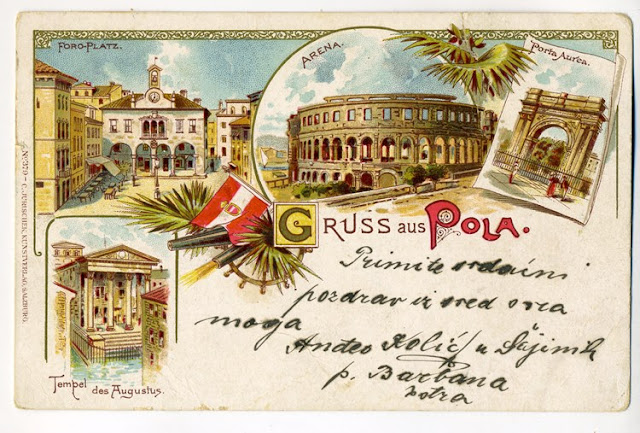HENRI LABROUSTE
AUTHOR: Angèle Boulay
Henri Labrouste, born in Paris on May 11, 1801, and passing away in Fontainebleau on June 24, 1875, was a French architect. Following a six-year stay in Rome, he established a workshop for training architects that became a center for the rationalist movement. He was among the first to recognize the significance of iron in architecture. He is primarily celebrated as the architect of the Bibliothèque Sainte-Geneviève in Paris and for his renovation work on the historic site of the National Library of France.
Henri Labrouste, a prominent French architect of the 19th century, is renowned for his contributions to neoclassical architecture and innovative structural design. While Labrouste himself did not construct anything in Pula, his architectural principles and influence can be observed in the restoration and renovation efforts of the Pula Arena, also known as the Amphitheatre of Pula. Labrouste's legacy primarily lies in his work within France, where he is celebrated for his designs such as the Bibliothèque Sainte-Geneviève and the reading room of the Bibliothèque Nationale de France. His innovative use of iron and glass in architectural structures paved the way for modern construction techniques. However, the principles of restoration and conservation that Labrouste championed likely informed the preservation efforts undertaken at the Pula Arena. His emphasis on respecting the historical integrity of a building while incorporating modern interventions aligns with the approach often taken in the restoration of ancient landmarks like the Pula Arena. Thus, while Labrouste himself did not have a direct involvement in Pula, his architectural philosophy may have indirectly influenced the preservation and restoration work carried out at one of Croatia's most iconic historical sites.



Primjedbe
Objavi komentar